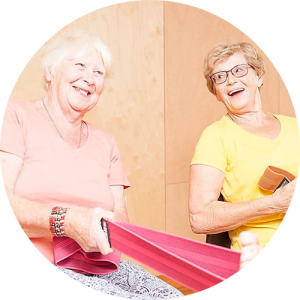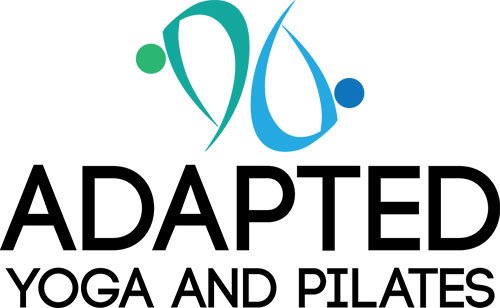While there are natural parts of the ageing process that cannot be prevented, we are seeing
more research indicating that many areas of ageing can be reduced or delayed with regular
physical activity and exercise.
As adults continue to live longer and remain more active, the need for exercise to improve health
and activity becomes more important, with people, quite rightly, not willing to give up the
freedom that goes along with an active life.
Exercising in older age is not just a matter of reversing the ageing process, but more about
maintaining a level of health and wellbeing that is not seen population wide. The effects of
inactivity are well known, and the reduction in everyday function and likelihood of lifestyle
diseases accelerates over time. While the ageing process accounts for some of this decline, much
of it can be attributed to long term inactivity.
A term that many do not recognise is ‘mobility disability’. It’s a term that is used to refer to older
adults who, without a specific injury or health condition, are unable to move freely enough to
maintain independence. A recent study from USA found that women who spent the most time
performing light-intensity physical activity had a 46% lower risk of mobility loss compared to
women who participated in lower levels of physical activity.
In NZ only 55% of men and 47% of women between 65 and 74 years of age are regularly active (a
minimum of 30 minutes of moderate to vigorous intensity physical activity on most days of the
week). This drops to 38% for men and 28% for women over 75, so mobility disability is an issue
that impacts on older NZ’ers as well. Older adults that are not active are missing out on many of
the benefits of being active. And it’s not just about being able to live a full life, there are very real
benefits to all aspects of life that sedentary older adults are missing out on.
Preventing Falls
The benefits of physical activity and exercise are not limited to those already active. ACC reports
that those aged over 65 have a one in three chance of falling due to poor balance, weak muscles,
low blood pressure, poor vision, as well as medical conditions, e.g. Parkinson’s disease, stroke.
The addition of balance exercises can decrease the risks of falling by addressing risk factors
including poor balance, weak muscles and slower reaction time.
Bone Density/ Osteoporosis
Bone density can reduce annually by 1-2% in postmenopausal women. Regular weight training
and weight bearing activity can increase bone density, thus reducing this risk.
Diabetes, Stroke and other Lifestyle Diseases
In many cases exercise can contribute to the management of pre-existing conditions associated
with age. Even those of us who have been previously inactive can benefit.
You can’t out exercise old age, but through regular exercise and a healthy lifestyle you are more
likely to be able to keep up an active life.

Reference: https://www.sciencedaily.com/releases/2021/02/210223164445.htm
